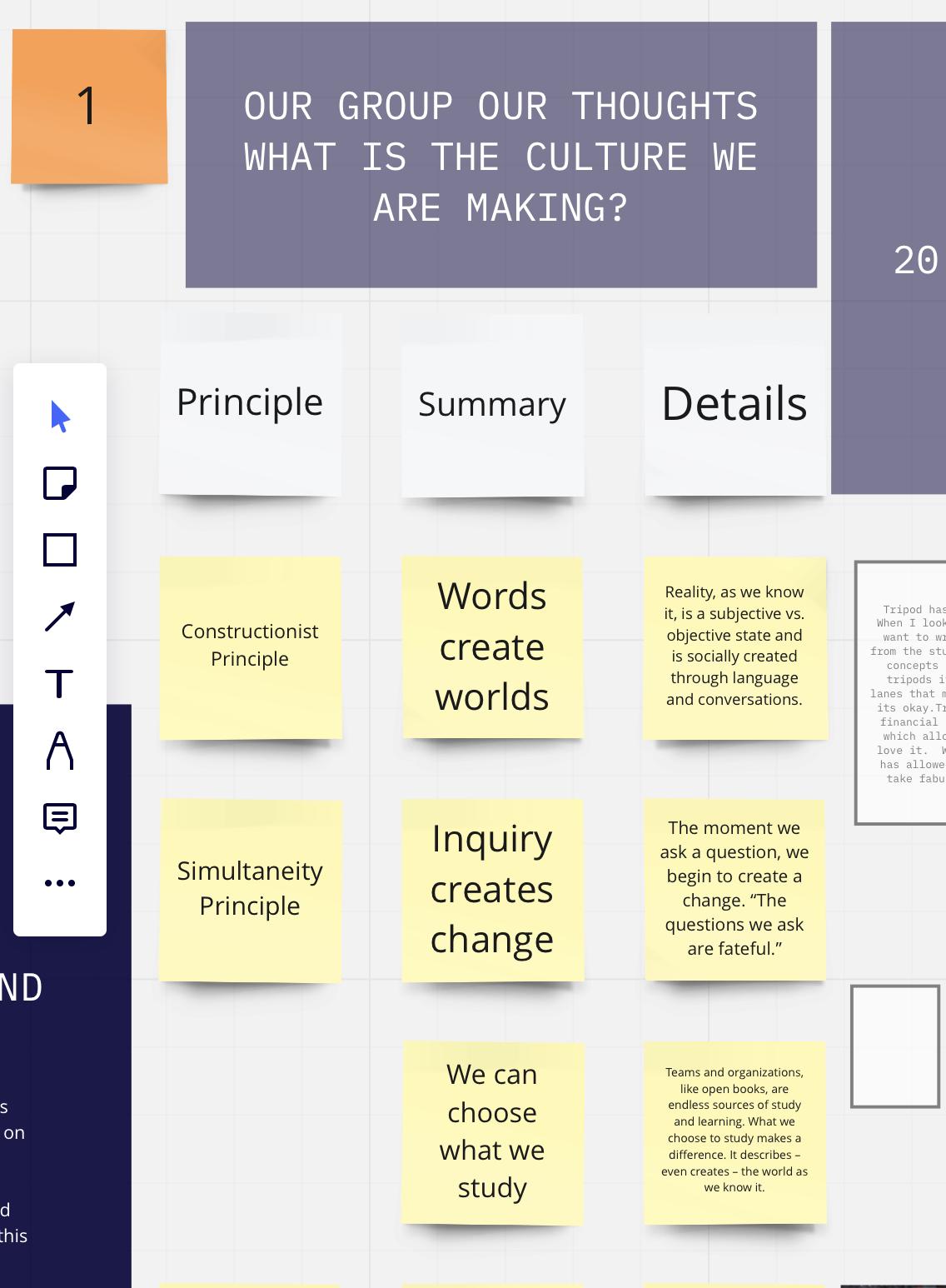SAAVITRI Mallika Kodavatiganti
The dancer should sing the song by the throat, express the meaning of the song through hand gestures, show the state of feelings in the song by eyes, and express the rhythm with his or her feet. —Abhinaya Darpana, a defining book on the techniques of Bharathanatyam Bha: From Bhava, for emotion Ra: From Raaga, for music Ta: From Tala, for rhythm Natyam: For dance In essence, Bharatanatyam is a dance form full of grace, richness, variety of movement, mime, and music. “Yato hasta stato drishtihi...” ”Where the hand is, the eyes follow” I had always loved dancing—I grew up learning Bharatanatyam, a South Indian style of dance. I hated having all eyes on me, but when I was on stage dancing, that was the one time I felt okay with being seen. I was still nervous with plenty of butterflies fluttering around my stomach, threatening to fly out, but once the music started it was just me. Granted, I couldn’t see the audience anyways because of the blinding lights, but that helped me be less self-conscious of what my body was doing. My mind, in its numbed state of fear, trusted my limbs and let my muscles take over. They remembered even better than my mind. When I was thirteen, I had a three-hour long solo show, and I can’t tell you a single thing I thought during that time. When I close my eyes and think back to that day, August 20, 2011, I just see black. I can’t remember anything about that performance, besides a few details that stick 343
Tripod






















